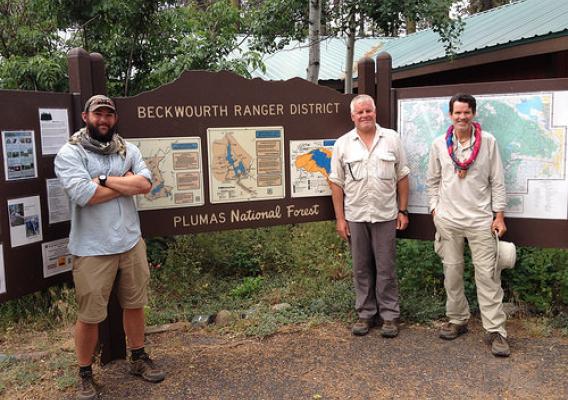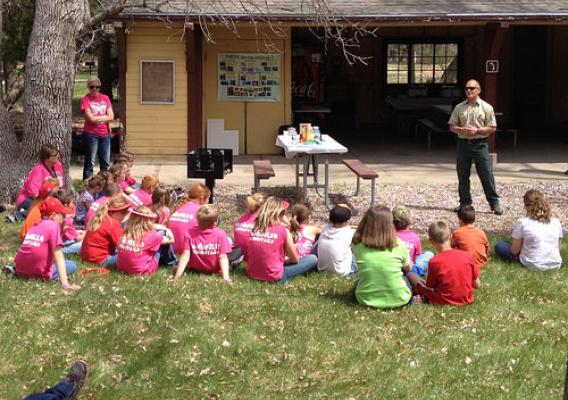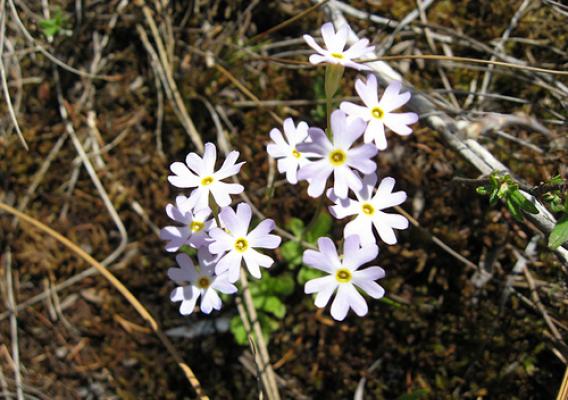This post is part of the Science Tuesday feature series on the USDA blog. Check back each week as we showcase stories and news from the USDA’s rich science and research portfolio.
From South Carolina’s coastal plain to the North Carolina mountains to the tropics of Puerto Rico to the southern Sierra Nevada region of California, climate change is on the minds of forest planners.
That’s because U.S. Forest Service planning teams in these areas are among the first to revise their land and resource management plans under the 2012 Planning Rule. To help them in their planning, land managers from the Francis Marion, Nantahala, Pisgah, El Yunque, Inyo, Sequoia, and Sierra national forests will turn to a web-based tool known as the Template for Assessing Climate Change Impacts and Management Options.
Forest Plans help guide the management of national forests and are typically revised every 10 to 15 years. The plans help ensure that national forests and grasslands continue to meet the requirements of the National Forest Management Act—for clean air and water, timber and other forest products, wildlife habitat, recreation and more.










